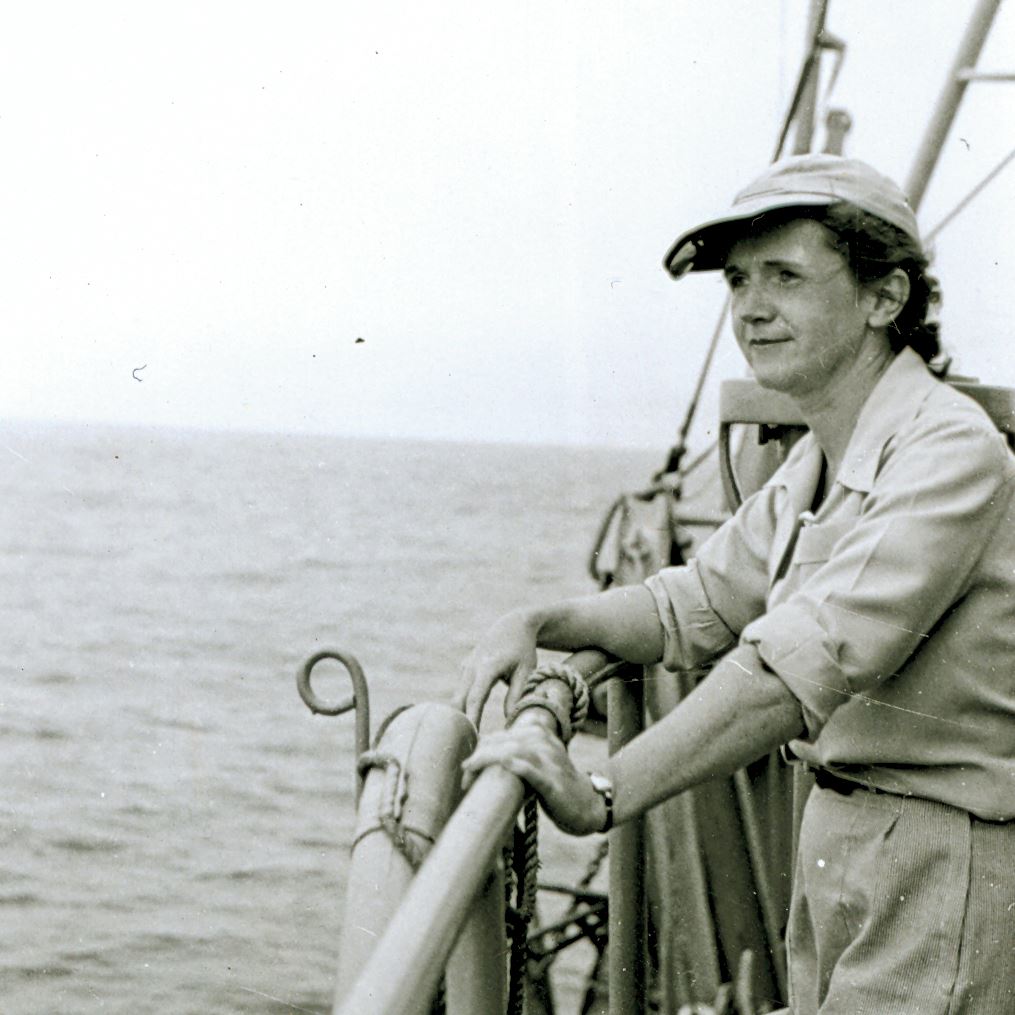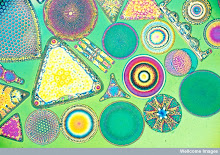



Download the entire pdf's of this excellent article by Bay Chronicle editor Keri Molloy, with special contributions by Auckland biochemist Dr. Robert Mann...excerpts below.
http://www.mediafire.com/?tzdy2ygyhwe
http://www.mediafire.com/?0noinx22tjy
“ ‘Many unanswered scientific questions remain about health hazards from such chemicals, as they got registered after only perfunctory testing. Also, the routine copout ‘if used according to label’ should not be relied upon, as it is well known that use is often not in accord with instructions…
The burden of proof should not be forced onto the public to prove harm, but instead the precautionary principle should be applied to protect them from exposure to chemicals which are reasonably expected to cause serious types of damage, e.g., cancer or birth defects,’ he says.”
" ‘The Health Department has for decades acted as a protective front for the chemical industry, refusing to gather detailed statistics that could possibly reveal damage from xenochemicals spread around our environment.’ “ “
‘Some farming districts in New Zealand had higher densities of dioxin-containing 2, 4, 5-T aerial-sprayed upon them than the total attributable to Agent Orange (50:50 2, 4, 5-T/2, 4-D) in Viet Nam. This was done mainly in springtime. Aerial drift onto human dwellings in these sparsely populated areas, as well as into local towns, was unavoidable, given the lax methods of spraying. Drinking water collected on roofs could, as we pointed out in 1971, contain dangerous doses of dioxin.’ “


















